by Ashley Carter
Share
When you think of a LIMS, you may think about testing and data, but what about the instruments used to complete the testing? Any lab that deals with auditing, such as ISO 17025 or Nadcap, knows the importance of tracking instruments. They need to identify what instrument was used for each test and the active calibration at the time of testing.
Good news! Some LIMS solutions, such as Wavefront LIMS, have created an Instrument Calibration module that integrates with testing. This makes maintaining calibrations, as well as the documentation of the active calibrations during testing, a breeze. Even better, everything is in one system!
Every LIMS provider, that offers such a feature, is going to have their own take on how to address it. Below shows information specific to the LIMS offered by Wavefront Software to provide an example of one method. It is important to compare your laboratory’s needs against what the LIMS provider offers for each module.
Capturing All Information
Each instrument is different from the next, so it is important to be able to capture the appropriate information. Some examples are: how the calibration is to be completed (in house or outsourced), important notes about the instrument and how it should be handled, and notes about the calibration (i.e. if there was any maintenance done as part of the calibration or recommendations for future calibrations). Wavefront LIMS is highly configurable, so the user can create new fields as needed.


Track Upcoming Calibrations
Wavefront LIMS offers a report that identifies the instruments that are expired or are going to expire within the next few months. This is a helpful tool for forward planning of any laboratory.
The interface itself makes expired instruments easy to see at a glance. Color coding the instrument list shows any expired instrument as red.

Applying Instruments to Tests
In Wavefront LIMS, users can select calibrated instruments at the test level. Therefore, a review of the test will include what instrument was used. Each selection also includes the date of the calibration that was then active. This provides an easy view of pertinent information in one spot.
Integrating the tracking of instruments and their calibrations in LIMS is extremely beneficial. Click the Schedule a Demo button at the top of the page and a knowledgeable Wavefront individual will reach out. Ask us about how Wavefront LIMS can help your laboratory organize your instrument and calibration data into one system.
STAY IN THE LOOP
Subscribe to our Free Content
Learning about LIMS is a monthly article series where Wavefront shares questions that have come up throughout our interactions with a range of individuals and customers. We do our best to provide information about each topic to help people learn more about LIMS.
Sign up here to be added to our mailing list and receive these articles directly in your inbox.
In today's rapidly evolving scientific landscape, laboratories face increasing pressure to enhance efficiency, ensure traceability, and manage complex data sets. This article explores four key indicators that signal the need for a modern LIMS system: difficulties in adapting to growth, challenges with maintaining traceability, inefficient sample prioritization, and struggles with data management. Discover how upgrading your LIMS can transform your laboratory's performance and help you stay ahead in an increasingly competitive scientific environment.
A LIMS captures laboratory data and analytics, the next step is to use that improved data capture to improve the laboratory's visibility. Utilizing LIMS tools such as data mining, dashboards, reporting, and statistics, a laboratory can gain improved business insights and make informed decisions.
Discover how a Laboratory Information Management System (LIMS) can revolutionize your laboratory operations. From efficient work tracking to streamlined data entry and comprehensive reporting, a LIMS empowers laboratories to optimize workflows and enhance productivity. Learn more about the benefits of implementing a LIMS for your laboratory needs.
In today's fast-paced labs, data-driven decision-making is essential. Utilizing advanced data analysis tools, like LIMS dashboards and KPIs, boosts operational efficiency. This article explores how these tools enhance performance and reduce costs, helping labs maintain exceptional quality standards.





